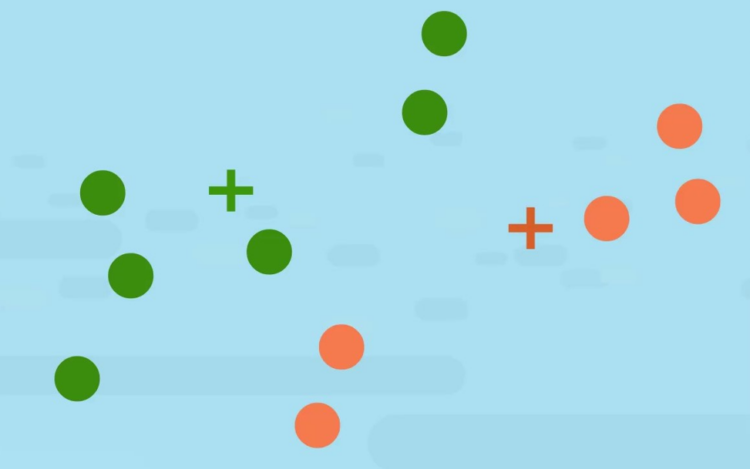K-Means Clustering is an unsupervised machine learning algorithm that is used to group data points into clusters. It is one of the most commonly used clustering algorithms and has a wide range of applications in various fields such as pattern recognition, data mining, image processing, and more.
Page Contents
What is K-Means Clustering?

Source: 365datascience.com
K-Means Clustering is a simple yet powerful algorithm that divides a set of data points into K clusters. The algorithm works by first selecting K random data points as initial centroids. It then assigns each data point to the closest centroid and updates the centroid by calculating the mean of all the data points in the group. This process is repeated until the centroids no longer change or a maximum number of iterations is reached.
Applications of K-Means Clustering in Pattern Recognition
Pattern recognition is the process of identifying patterns in data. K-Means Clustering can be used in pattern recognition to group data points into similar patterns. Some of the applications of K-Means Clustering in pattern recognition are:
1. Image Segmentation: Image segmentation is the process of dividing an image into multiple segments. K-Means Clustering can be used to segment an image by grouping pixels with similar colors or intensities into clusters. This technique is widely used in the field of computer vision.
2. Document: Document clustering is the process of grouping similar documents together. It can be used to cluster documents based on their content, making it easier to search for and retrieve documents. This technique is widely used in the field of information retrieval.
3. Speech Recognition: Speech recognition is the process of transcribing spoken words into text. It can be used to group similar audio signals together, making it easier to recognize speech patterns. This technique is widely used in the field of natural language processing.
Advantages of K-Means Clustering

Source: forbes.com
K-Means Clustering has several advantages that make it a popular clustering algorithm. Some of the advantages are
- Simple and easy to implement: This is a simple and intuitive algorithm that can be easily implemented using standard programming tools.
- Can handle large datasets: K-Means Clustering can handle large datasets with millions of data points, making it suitable for big data applications.
- Scalable to high-dimensional data: It can handle high-dimensional data with hundreds or thousands of features, making it suitable for data mining and machine learning applications.
- Can be used with any type of data: K-Means Clustering can be used with any type of data, including numerical, categorical, and mixed data.
Conclusion
K-Means Clustering is a powerful algorithm that can be used for a variety of applications in pattern recognition. It is simple, easy to implement, and can handle large datasets. With its ability to group data points into similar patterns, K-Means Clustering has become a popular tool in fields such as image processing, data mining, and more. It has several advantages over other clustering algorithms, such as its scalability to high-dimensional data, its ability to handle any type of data, and its ability to converge to a global optimum in most cases.




